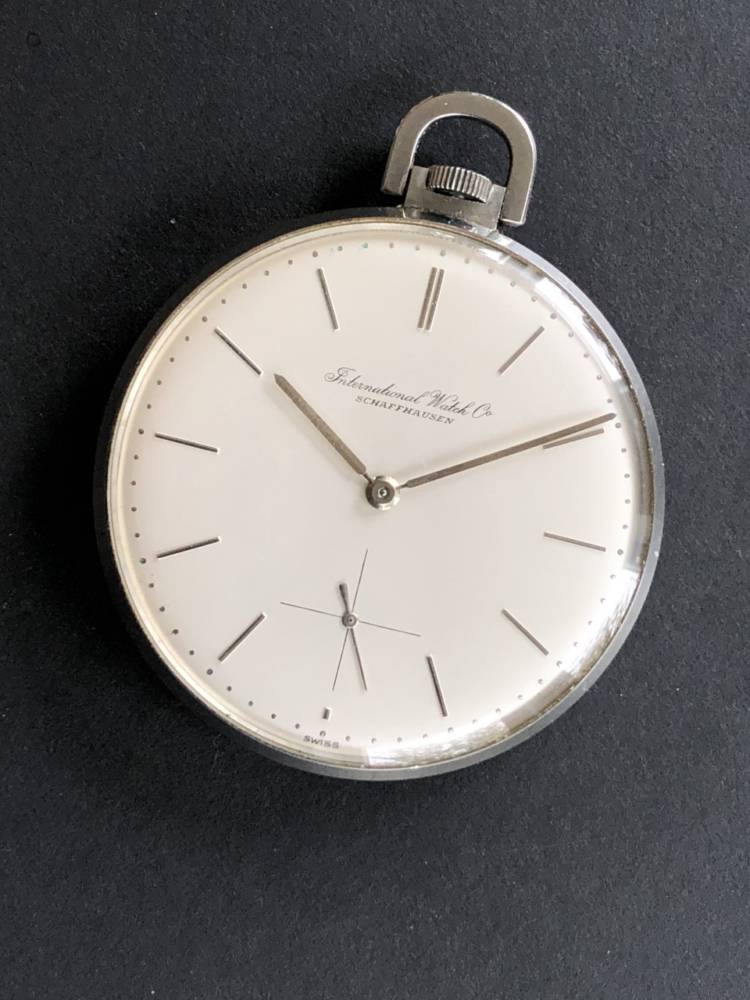As some of you know, I am collecting pocketwatches, IWC only.
Far from saying that my collection is a museum collection but I am proud to
have found some nice and rare pieces over time.
Some of the pocketwatches are common, easy to find on the market, sometimes in
better condition than mine, but some I have are gems.
So in these crazy times, as the museum in Schaffhausen is closed, why not open
one here on the forum.
As long as the museum is closed, I will post here daily a pocketwatch from my
collection.
I hope I don't run out of pieces before the virus is beaten. Fingers crossed
for all of us.
I will post them in a random order, with some comments, feel free to join.
Keep safe all.
DAY 56, cal 95 NOS
NOS means new old stock, watches never sold but from a distant past.
Or maybe brought back to that state by the wizards in Schaffhausen, also known
as the Spa for watches.
It is amazing what they can do with old watches. The cal 95 today came back
from a spa treatment at Schaffhausen and you would believe this was made
yesterday. No, it is from 1938, indeed 1938, that means 82 years of history.
Next to the cal 71 and 77, the cal 95 is one of the best looking ones produced
in Schaffhausen.
Here a bit more info about the cal 95 from the archives
Introduced in 1927 production was on and off through 1962. In 1967 the
movement was succeeded by the cal. 952, which was the same movement with shock
resistance and made through 1973. In addition, the movement served as a base
for some other complications, such as the Portuguese repeater.
A total of 15,000 Cal. 95 and 952's were made, in varying finishes. The
statistics are:
movement diameter : 37,80 mm or 16¾ Paris Lignes
movement height : 3,20 mm
number of functional jewels : 17 artificial jewels
number of jewel-settings : 0
oscillating frequency : 2.50 Hertz
halfbeats per hour : 18,000
balance type : bimetallic, screws
balance-spring- type : Breguet balance-spring
adjustment system : classic adjustment

Still with the sticker on



















 You can
You can